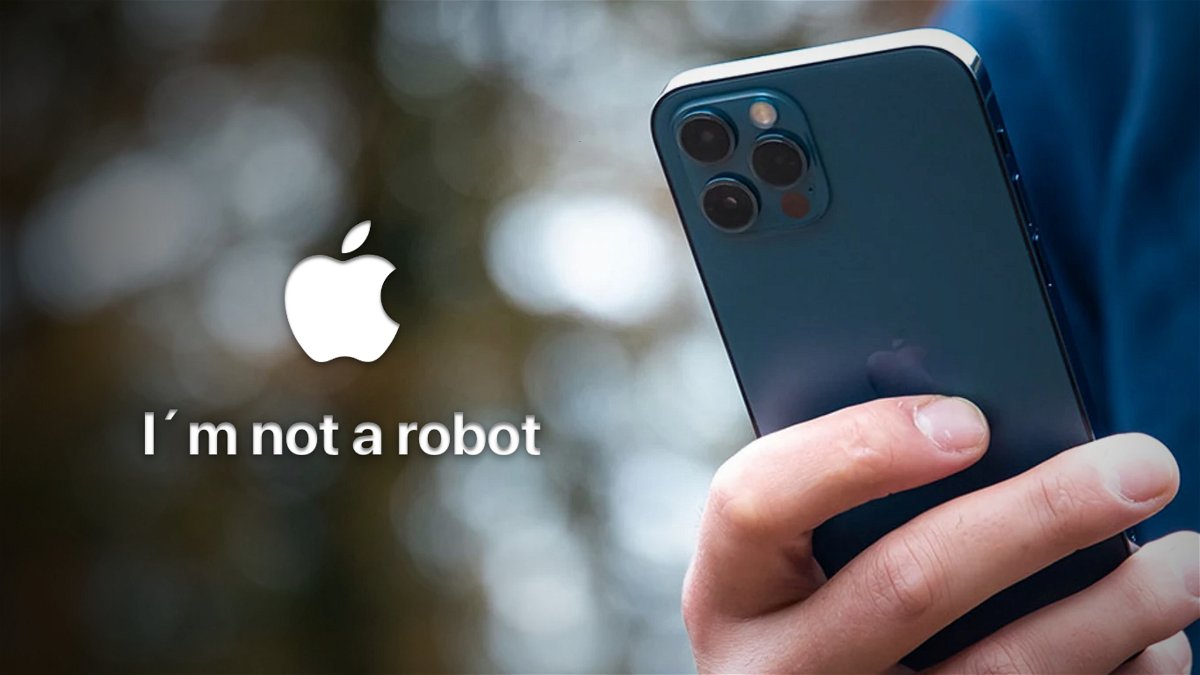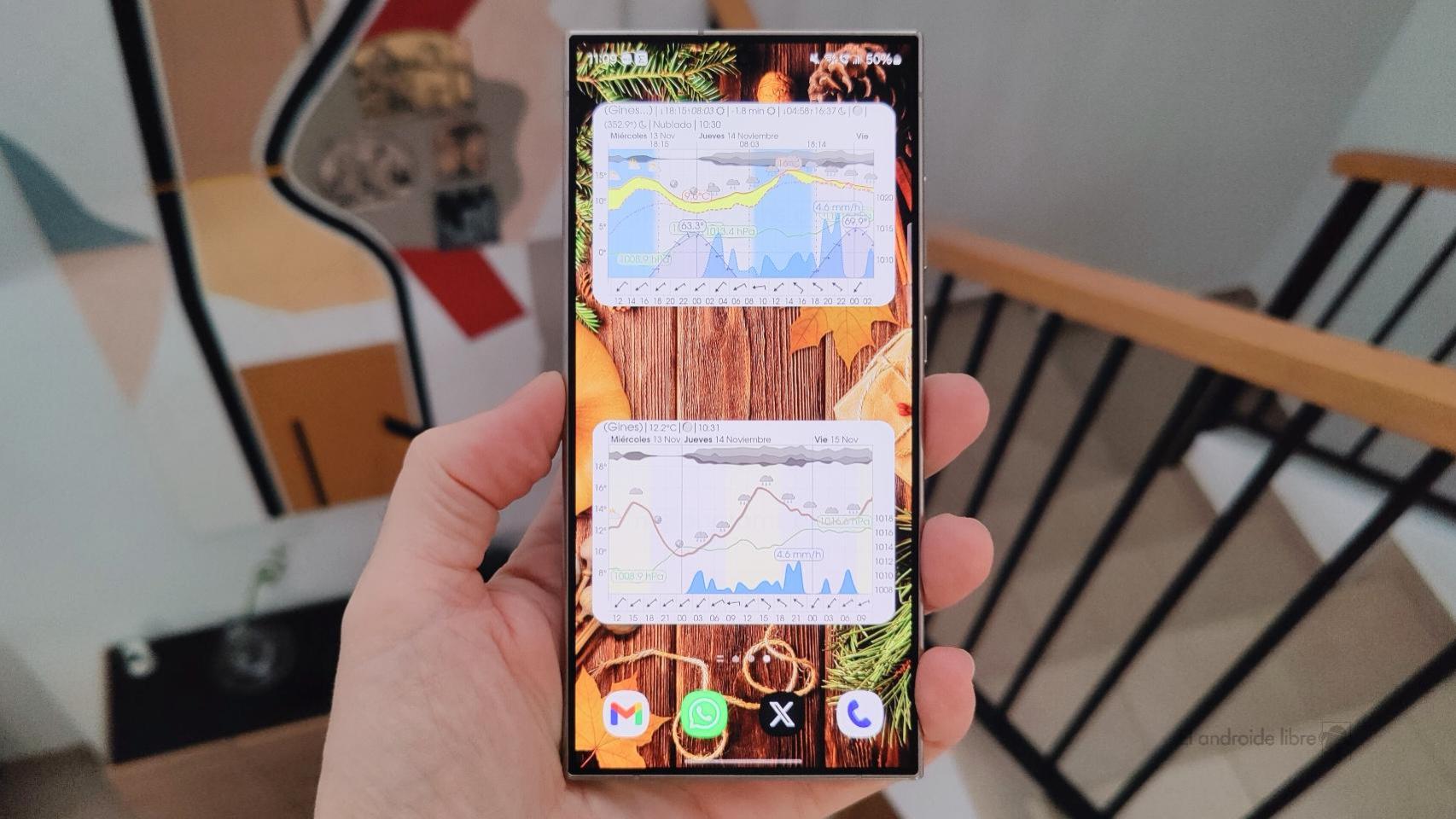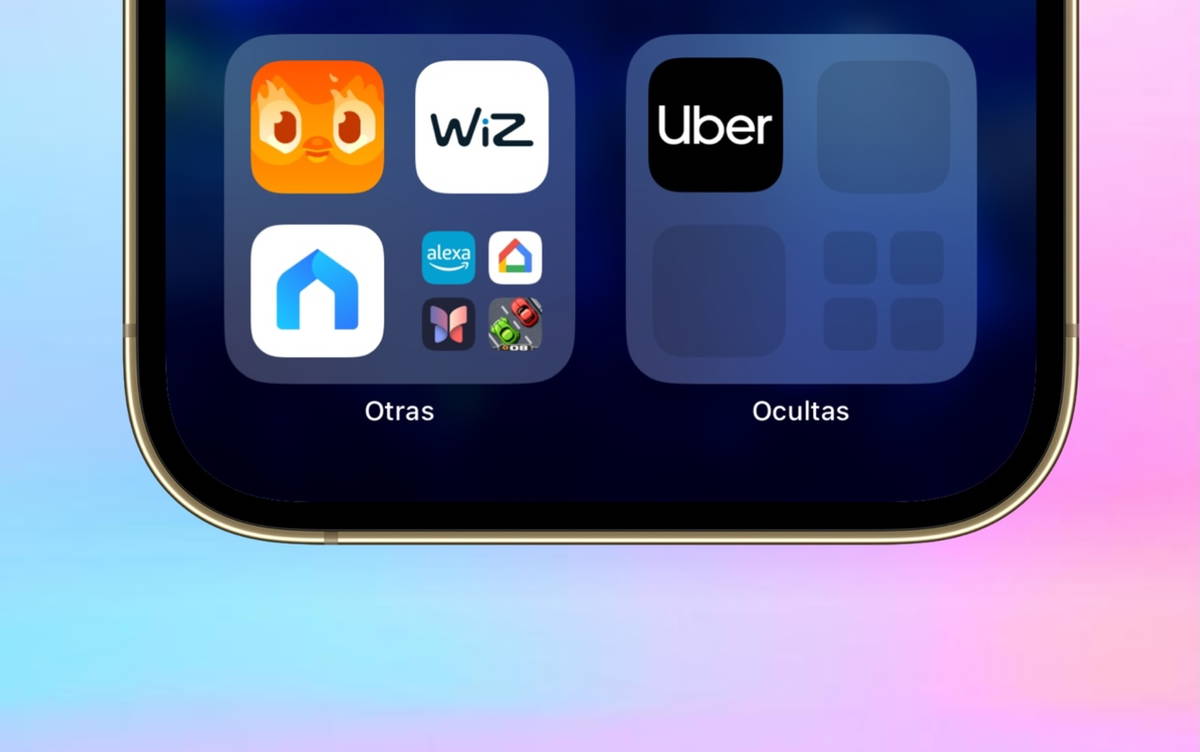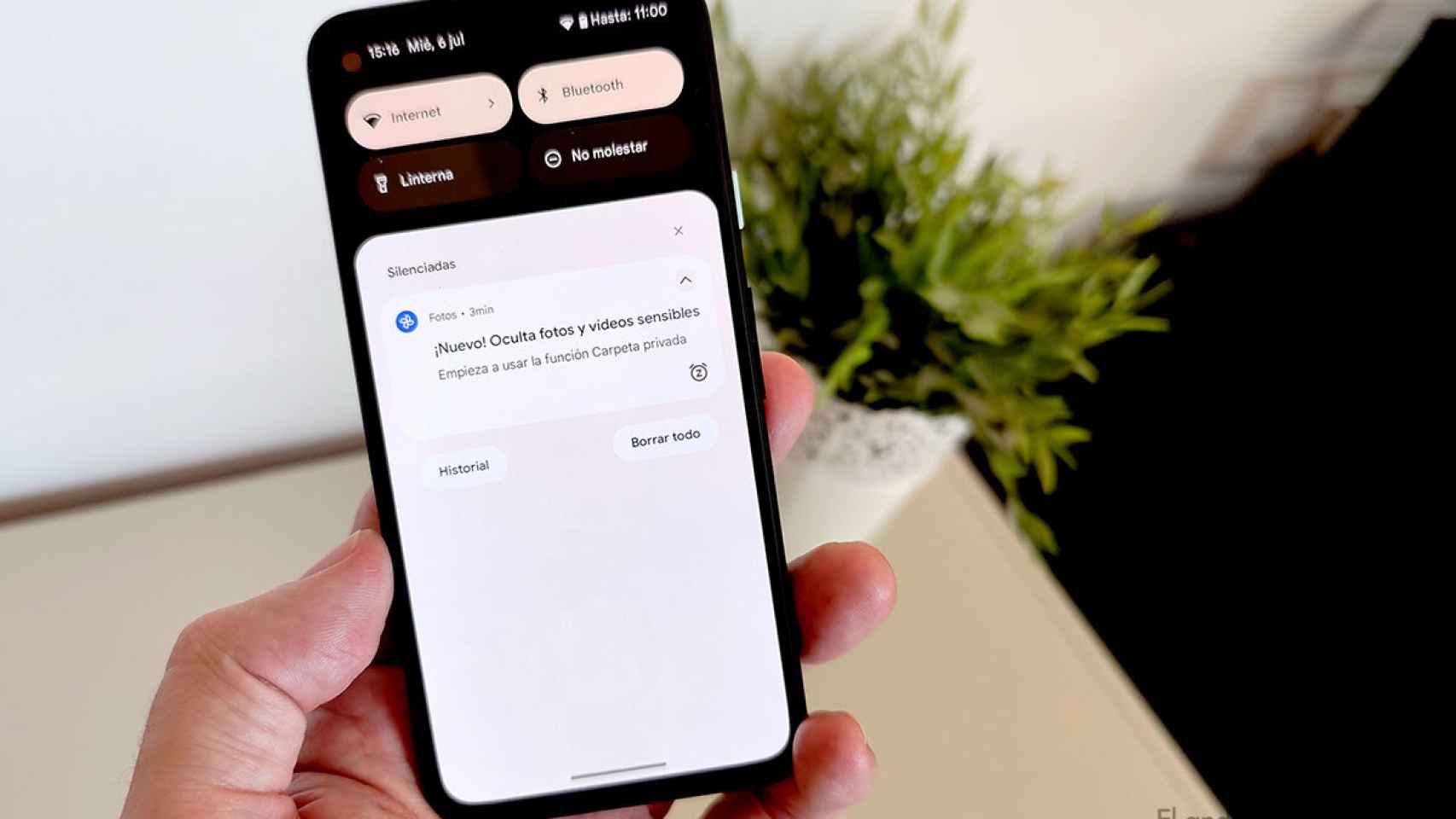Apple implements a new function to avoid CAPTCHAs on the internet
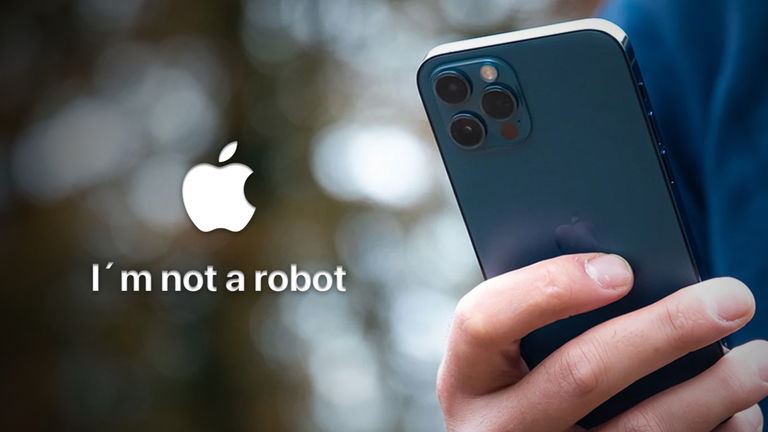
CAPTCHAs are a verification method very common today. We can find them once or several times when we enter to surf the Internet.
and although are usually not a problemfor many it’s an action that can take precious seconds or become boring if not resolved first.
Google has revamped a version of CAPTCHA that doesn’t necessarily require you to solve it. You can even avoid them if you use them extensions
However, these windows which are used to authenticate navigation by a human and not by a robot or a computer which may have bad intentions, remains a boring process for many users.
Automatic verification in iOS 16
thinking about that, Apple has created a new function implemented in iOS 16 which allows an iPhone or iPad user to “skip” this authentication and browse the Internet more easily.
According to information from Apple. When you enable this feature, iCloud automatically verifies your Apple ID and device through a private access token and thus the user will be able to have a better experience, confidentiality and accessibility.
“Private access tokens are a powerful alternative that helps you identify HTTP requests from legitimate devices and individuals without compromising your identity or personal information”
Cloudflare and Fastly, two of the server networks that replicate their customers’ websites offering DDoS protection and security they have already announced support for these private access tokens. Thus, millions of applications and websites will very soon be compatible with this new feature from Apple.
Apple has released a video in which it explains and details everything necessary to fully understand the use and function of private access tokens.
Power activate it You need to go to Settings > Apple ID > Password & Security > Enable “Auto-verify” and voila, that would be it.

This is how the new CAPTCHA feature is enabled in iOS 16
Currently, Apple has released the fourth beta version of iOS 16.1 with new features. However, these tokens could be a trend that other companies will start to replicate and thus take the next step in the evolution of human verification and authentication on the Internet.

